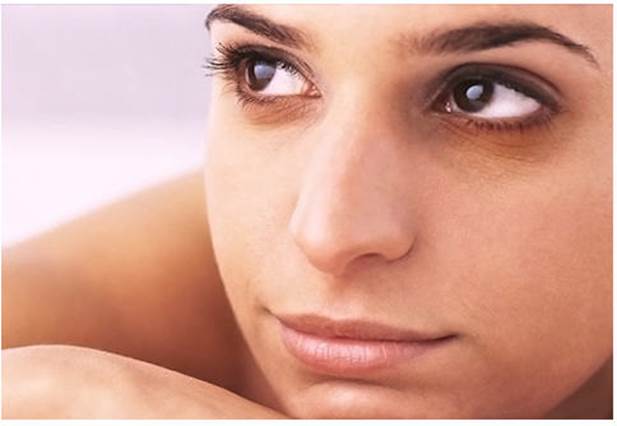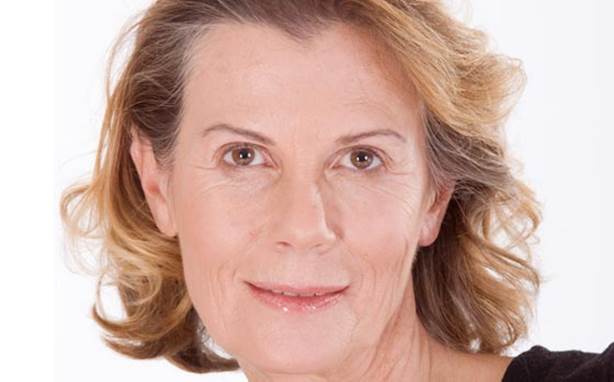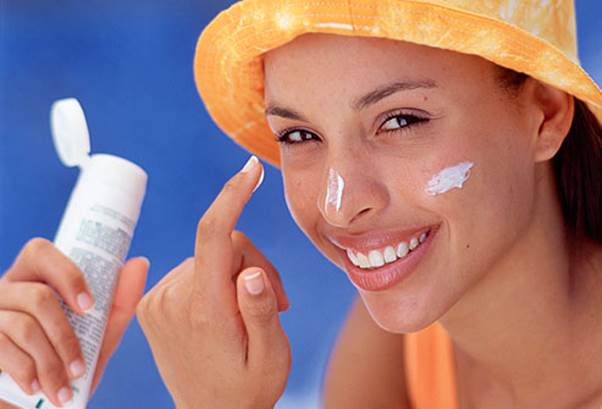How much do genes play a part in how your
face ages, and how much of that ageing process is in your own hands.
Have you looked in the mirror and had those
moments where you’ve caught glimpses of your mother staring back at you? Or
have you seen the lines around your mother’s eyes, or the loose skin around her
jowls, and wondered if you’ll look the same way at her age?

Some
surgeons and dermatologists believe 50 to 60 per cent of facial ageing is about
genetics
Some surgeons and dermatologists believe 50
to 60 per cent of facial ageing is about genetics, but others say it’s more
about lifestyle and environment.
“To a degree our facial shape and structure
is determined almost exclusively genetically,” says Dr John Flynn, a Gold Coast
surgeon and member of the Australasian College of Cosmetic Surgery.
“But the way our face ages is more related
to lifestyle factors. So if your mother was a heavy smoker and you aren’t, your
skin will look better than hers. If your mum spent a lot of time in the sun,
and you don’t, you will have better skin,” he says.
Here we look at facial ageing, genetics and
what you can do to stop the clock.
Pigmentation
The
problem
Brown spots are not a result of your mum’s
genes – they’re due to sun exposure. Pigmentation occurs when sun stimulates
the pigment cells.

“The
cells try to protect their DNA from being damaged. So they form another layer
around the DNA by increasing the melanin and this leads to brown spots,” says
Dr Michelle Hunt
“The cells try to protect their DNA from
being damaged. So they form another layer around the DNA by increasing the
melanin and this leads to brown spots,” says Dr Michelle Hunt, a Sydney-based
cosmetic and laser dermatologist and member of the Australasian College of
Dermatologists.
The
solution
Use sunscreen and if you have brown spots,
laser treatment can remove them. Fading creams don’t work that well on brown
spots but have some effect on freckles, says Hunt. The ‘gold standard’ laser
treatment is CO2 fractional resurfacing.
It’s like having a block of hard butter
that you pull out of the fridge,” says Flynn. “Pierce it several times with a
fork and you can then get a little deeper in, taking off the layers.”
Dark circles

Dark
circles under the eyes can be due to genetics
The
problem:
Dark circles under the eyes can be due to
genetics, with some races more prone to this feature as they age – particularly
Middle Eastern and European. In some cases, blood vessels under the fine skin
below the eyes can create a shadowing effect.
The
solution:
“Camouflage cream to cover the darkness is
the easiest treatment. You can also use eyes creams that thicken the skin under
the eye so blood vessels won’t be as prominent. A four per cent AHA cream can
produce gradual results,” says Dr Hunt.
“Stay well hydrated and get enough sleep
because dehydration of the skin will make dark circles more prominent.”
Wrinkles

Wrinkling
is mostly due to lifestyle rather than genetics
The
problem:
Wrinkling is mostly due to lifestyle rather
than genetics. “Look at an older person and an area of their skin that has been
protected from the sun,” says Hunt. “That gives you an idea of how they would
have aged without sun exposure. There’s usually a dramatic difference between
the skin on an older person’s face and those areas,” she explains.
“The UVA in sun is one of the main
components that damages collagen and elastin – the skin’s support structures.
As they break down, skin sags and you get wrinkles.”
Smoking also leads to wrinkles. The
mechanical effect of sucking on a cigarette is particularly responsible for
lines around the mouth, and the chemicals in cigarettes damage collagen and
elastin.
During menopause, oestrogen levels start to
decline, leading to drier, ageing skin, says hunt. So people who go through
menopause and who don’t use hormone replacement therapy (HRT) appear to age
more rapidly.
The loss of fat pads in the cheeks and the
loss of some of the bony structure that lifts the skin is also a natural cause
of wrinkling. Losing weight after the age of 40 can also age your face, says
Hunt.
“When you lose weight, you lose volume in
your face. After age 40, people with a fatter face are usually rated as looking
younger than someone who is underweight. Before age 40 the reverse is true,”
she says.
The
solution:
Protect your skin by using sunscreen all
year round and avoiding smoking.
“I can pick a heavy smoker as soon as they
walk through the door. They have dull, heavy skin deeper lines and wrinkles.
There’s no life in their complexion,” says Flynn.

Protect
your skin by using sunscreen all year round and avoiding smoking.
As you age, from an appearance point of
view, it’s also better for your face to have a little more weight rather than
being too thin.
Cosmetic fillers stimulate collagen
production so you get an instant fuller effect and, over time, the collagen can
have a preventative effect on wrinkling. Tretinoin cream – a vitamin A
derivative available on prescription – has been scientifically proven to reduce
fine lines and there’s good evidence that alpha hydroxyl acids (AHAs) stimulate
collagen production and can help reduce fine lines, says Hunt.
Dr George Marcells, president of the
Australasian Academy of Facial Plastic Surgery in Sydney, says Botox continues
to be effective in minimizing crow’s feet and frown mines.
“But in needs to be redone every three to
six months,” he says.